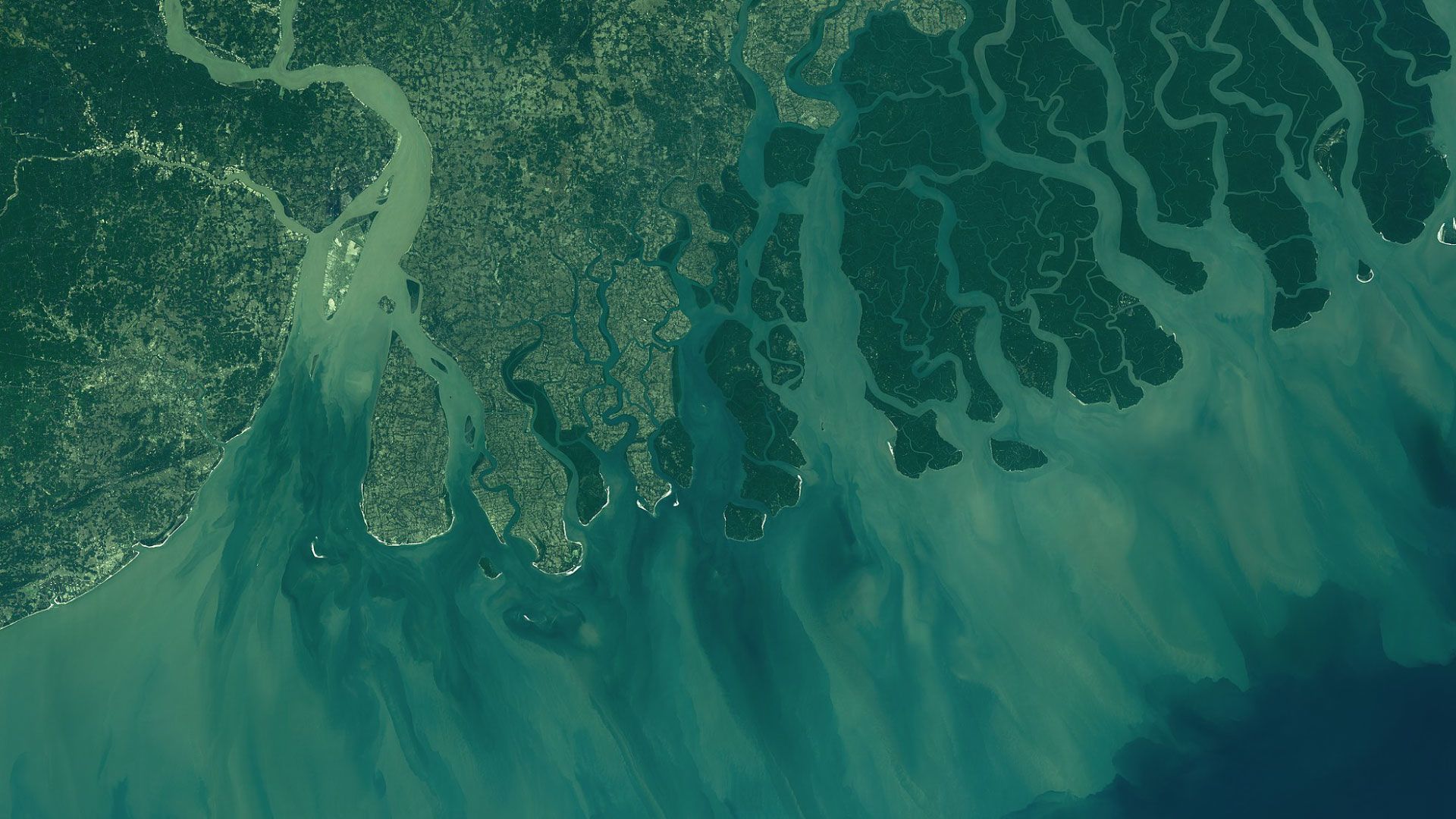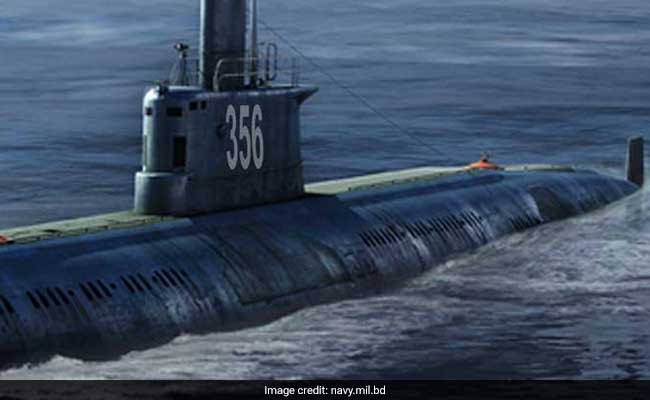Saif
Senior Operative
- 13,311
- 7,274
- Origin

- Axis Group

How to force a hostile submarine to surface and surrender?
Follow along with the video below to see how to install our site as a web app on your home screen.

Note: this_feature_currently_requires_accessing_site_using_safari


















Loading...